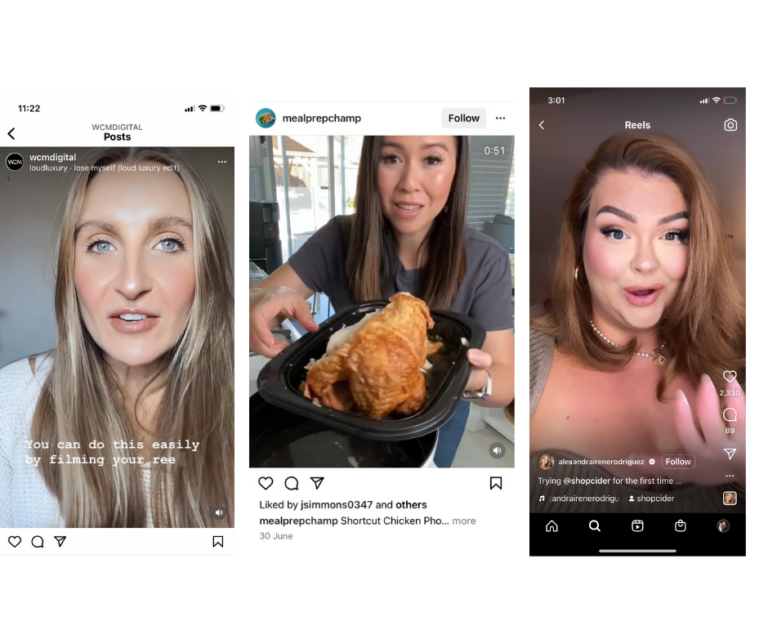
UGC, short for user-generated content, is a pivotal concept within the marketing industry. It encompasses brand content that mimics genuine product reviews, amplifying its significance. Notably, UGC boasts an impressive 29% higher conversion rate according to statistical data. Moreover, a recent study indicated that a substantial 70% of customers prioritize UGC reviews and ratings when contemplating a purchase. These compelling insights have sparked a global surge in content agencies, facilitating connections between brands and “nano influencers” or “content creators.” These individuals possess relatively modest social media followings yet possess remarkable skills in capturing and editing high-quality videos.
In the past decade, influencers have played a dominant role in driving the creation of UGC content. However, agencies and brands soon recognised a significant disparity in the outcomes achieved between high-profile million-dollar influencers like Kylie Jenner and lesser-known D-list celebrities. While influencers with approximately one million followers could generate visibility for products, the actual results often fell short. Brands found themselves investing resources, such as shipping free products and eagerly awaiting a single post shoutout, only to witness minimal sales. Consequently, agencies have realized the immense value of UGC-type advertisements on platforms like Instagram, TikTok, and Facebook, as they consistently yield higher conversion rates compared to other forms of content. This translates to a lower cost per acquisition and increased customer satisfaction. Nevertheless, the primary challenge lies in identifying the ideal UGC content creator, leading to the emergence of specialized content-only agencies and platform solutions on an almost weekly basis.
Brand ambassadors usually serve as influencers or content creators within a specific niche. They typically operate a blog or social media page dedicated to a single product or product category. These individuals are specially engaged to promote the brand’s products consistently, either through a monthly fee or by exchanging it for the products themselves. Moreover, brand ambassadors and content creators often function as affiliates, which means they receive a small commission fee for each click they generate.
To sum it up, content creators (also known as UGC creators), brand ambassadors, influencers, and affiliates are essentially the same. The main difference lies in their pricing structure and how they work with brands.
This is an example of a paid influencer likely charging around $5,000 for a single post.
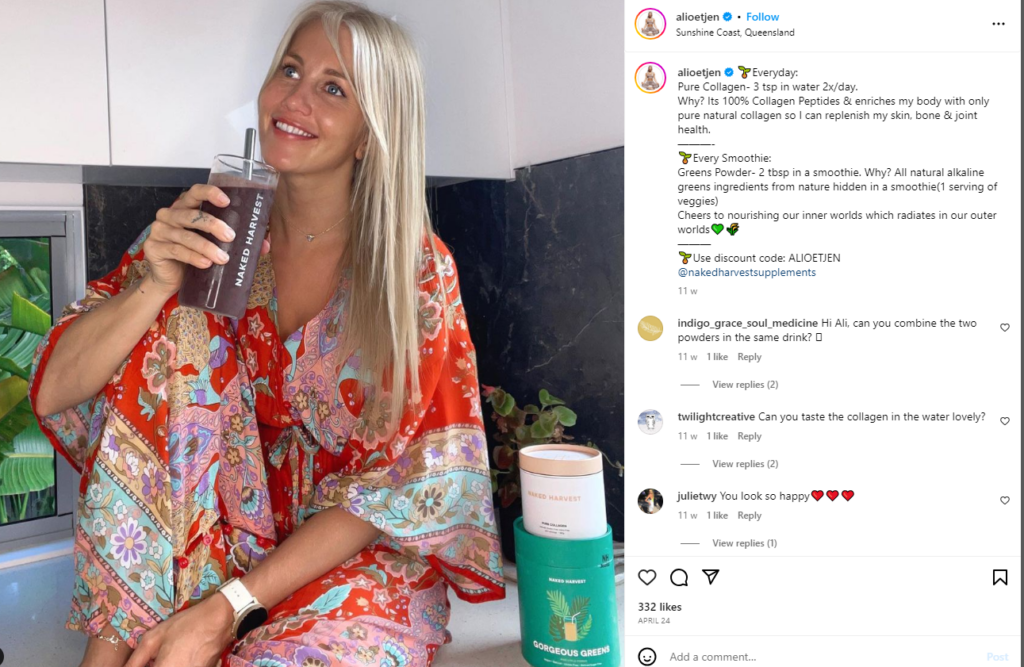
When it comes to pricing structure, the industry lacks regulation. However, from an advertising standpoint, different countries have varying laws regarding paid reviews, which essentially encompass UGC as video reviews. Most countries condemn the act of paying for reviews, however the laws on employing an actor to talk about the benefits of a product are unregulated. It’s important to exercise caution, especially in the beauty industry, when paying for UGC that discusses personal transformations without clear indication of being a sponsored advertisement.
Just five years ago, influencers with as few as 30,000 followers (often built using bots) were charging $500-$700 per post. Larger influencers with 100,000 followers or more were requesting $1,500-$10,000 per post. This pricing structure still applies to much larger followings or D-list celebrities.
However, in the past two years, there has been a significant shift in brands’ and agencies’ willingness to compensate influencers for content creation. On average, a social advertising agency requires a minimum of 25 pieces of content per month. This applies to both newly launched brands and those with five years of experience, highlighting the substantial size of the content creation industry. Small influencer posts have become less relevant for agencies since paid advertising content does not necessarily yield better results compared to content produced by lesser-known individuals.
This is where the concept of gifting and UGC has emerged. By providing free or discounted products to “nano influencers” or everyday consumers, brands can typically generate sufficient content for paid ads. This process proves to be more cost-effective and profitable for brands compared to spending thousands on a single piece of content.
Brands can generate great content just by asking customers to do a video review. The quality of this type of content is generally hit and miss but if there is sufficient quantity then this is a powerful tool. Offering a monthly “win-back the cost of your product purchase” competition can produce great results. This is the most genuine type of content, and therefore the most powerful. The downside is that for smaller brands in the early stages of growth will struggle to generate enough quality content with this method.
UGC agencies usually employ content creators who are good with a camera and able to edit video. This means content can be expensive, expect to pay between $1,000 and $10,000 for around 8 pieces of content. The biggest issue we have seen with this type of content is the lack of authenticity.
A new UGC creator platform emerges every month. It is officially the decade of content creation and Sapp investors know it. GRIN charges brands around $5000 per month plus to be on the platform. Tribe, which was traditionally an infleuncer oplatform, has recently rebranded its content to focus more on UGC. Newcomer #gifted (or hashgifted.com) have diversified and focused the offering on only gifting products in exchange for content. They offer a minimum fair exchange of $150 worth of product or other gift. The platform uses a “tinder” approach where users swipe left or right on gifts before accepting the offer. Brands then swipe left or right on the people who have accepted the gift before finding the right fit.
Look out for our review on the platform coming soon.
This is the most time consumer approach but can be the most cost effective. Look for content creators with smaller social followings (can be higher on tik tok) that are already generating content in your niche. For example a collagen brand would search for fitness or health related content.
The next step is to have an offer and instructions prepared, ready to send.
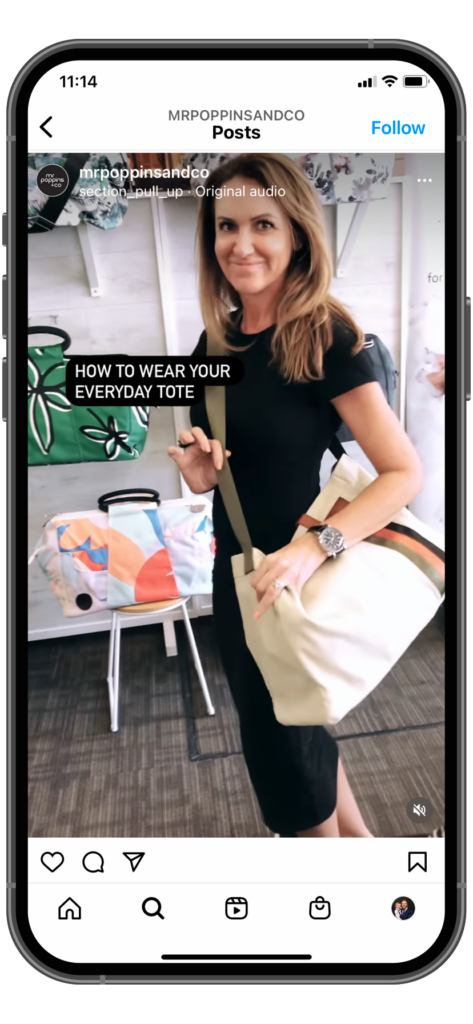
Say “Hello to your personal eCommerce mentor.
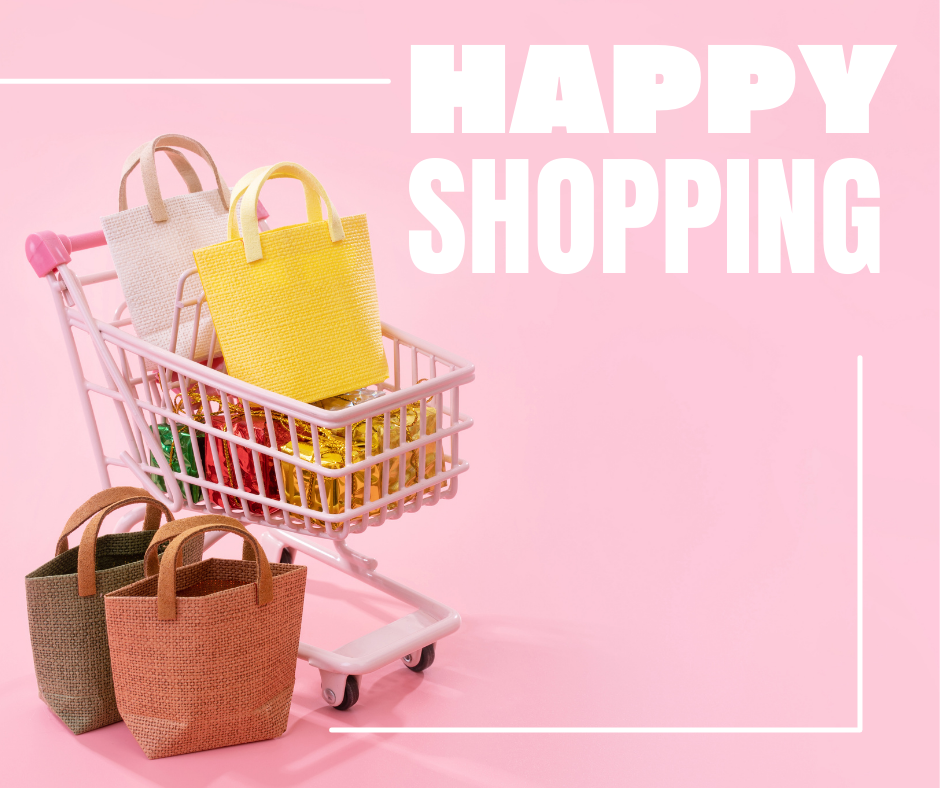
The holiday shopping season is fast approaching, and for Australian ecommerce businesses, it’s time to gear up for one of

Dropshipping rose in popularity during the early 2000s with the advent of Shopify in 2004, which simplified the process of
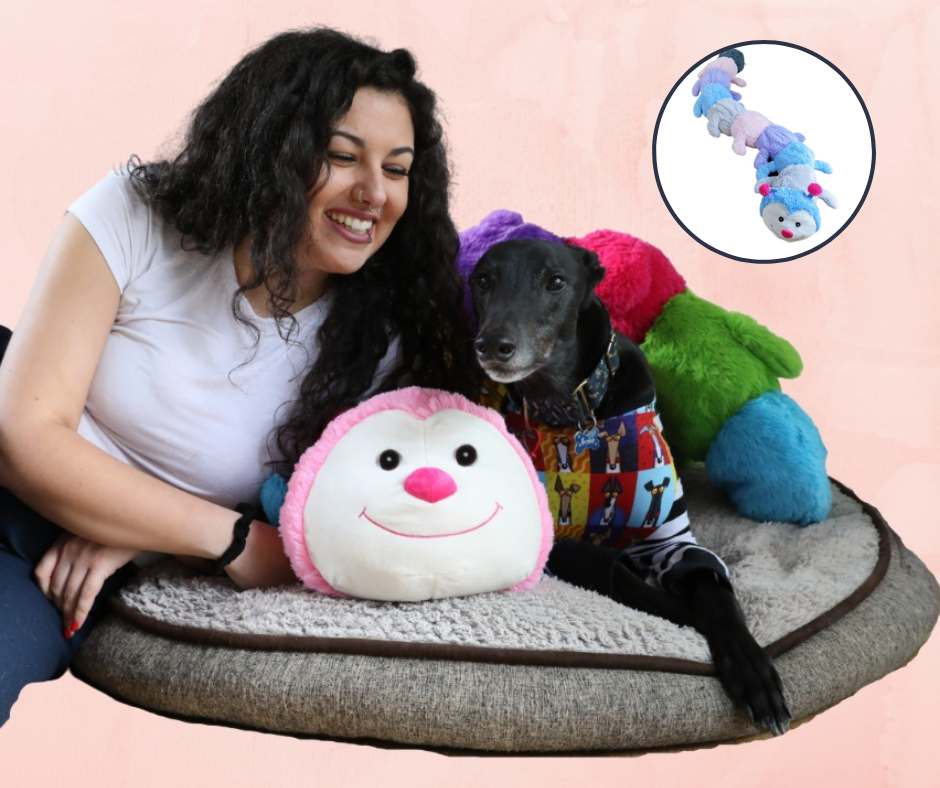
In a heartwarming tale that underscores the belief that every dog deserves happiness, Cecilia Distefano, a dedicated canine enthusiast, has
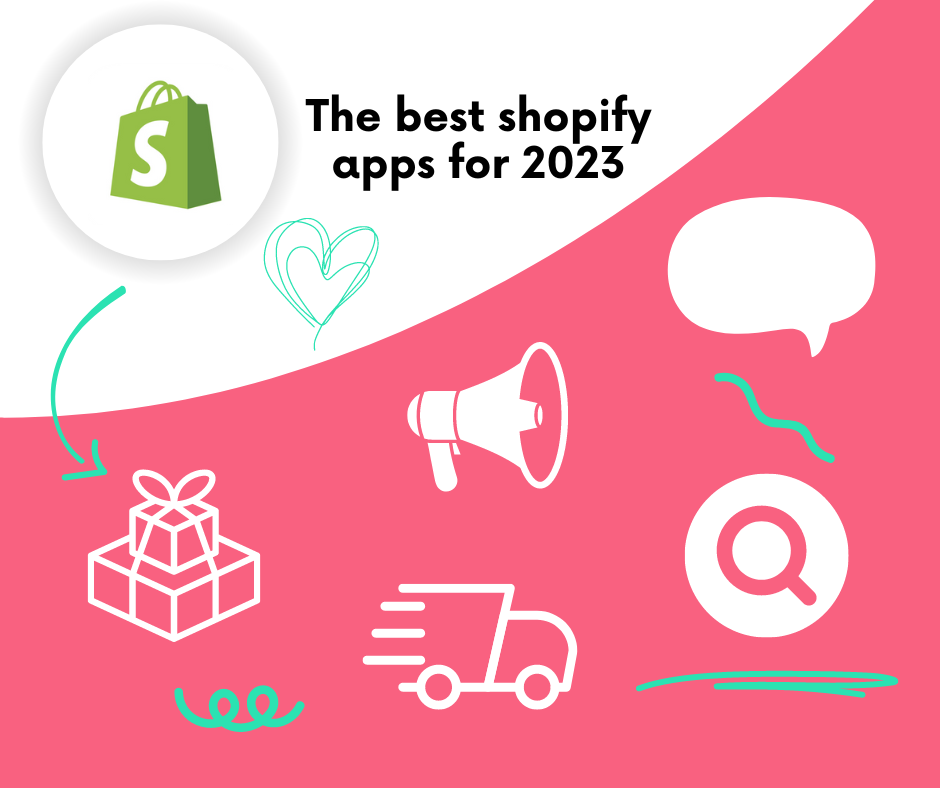
How do you choose a good Shopify app for ecommerce? When choosing a Shopify app for ecommerce, consider factors like
Be one of the first 100 people to register for a free copy before it hits the shelf. Register you details below. Hurry book launches October 30.
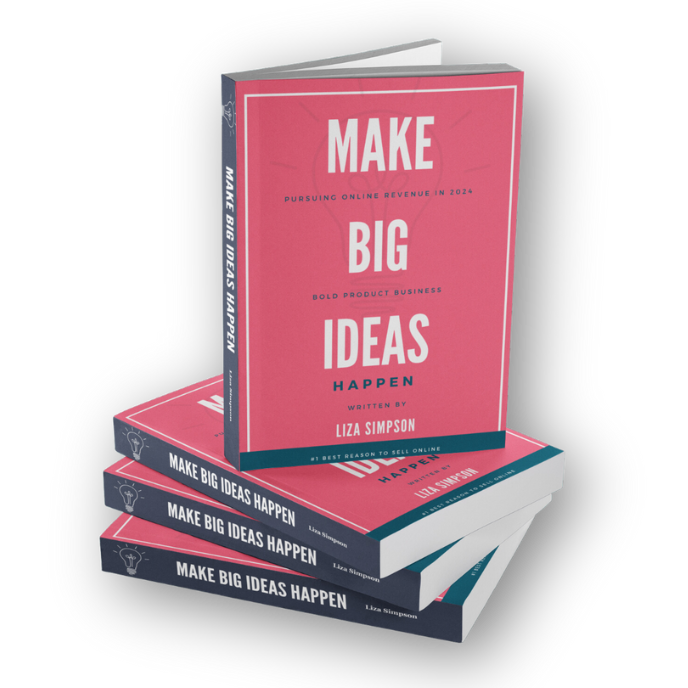
Sign up to get growth checklist for FREE!